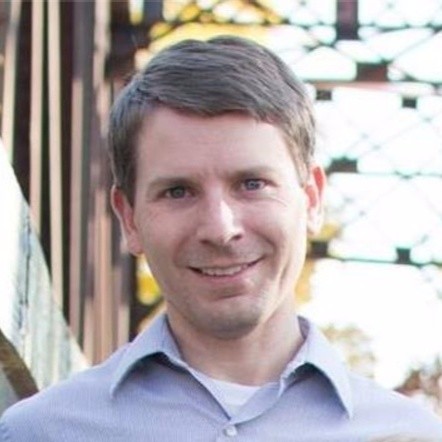By: Amanda Abernathy, Customer Service Analyst, Rx Express
The UPMC Enterprises Project Management Community meets monthly to explore topics relevant to the field. In February, the community hosted a panel of Product Managers to learn what they do and how they do it. The panel consisted of Mike Duddy, director, product management, Jim Laing, director, product management, and Stacy Norman, senior product manager at UPMC Enterprises. There was no short supply of practical wisdom and enlightening stories. I found myself struggling to take notes that would do the panel justice.

The most memorable moment of the panel was when Mike said, “Don’t be afraid of being the dumbest person in the room.” This statement made everyone laugh, me included. Mike elaborated that some of the keys to professional growth are surrounding yourself with intelligent people, asking questions, and being open to receiving knowledge. The brashness of this concept mixed with the sincerity of the message made this quote an instant classic. Immediately after the panel, one attendee wrote the statement on a sticky note and hung it at her desk as her new mantra.
Listening to these product managers talk about their career growth, challenging situations, dream products, and experiences in health care revealed that there are two forces that have impacted their learning: communication and relationships. The process of building a product from idea to end-user is full of nuance. Jim Laing notes a lesson that he’s found valuable in his career development: being comfortable with ambiguity. He expressed an enthusiasm for the breadth of details beneath and between each of the three domains. The interfaces between design, business, and engineering and the sub-sets within these domains create innumerable layers. All three panelists echoed the sentiment that you cannot know it all. All of these details combined with the vast areas of possible expertise makes product management an ambiguous environment. This ambiguity is part of what makes communication so valuable.

Bringing life to features and functions means understanding your clients’ needs and your teams’ capabilities. There are many ways to achieve this level of understanding but a method Mike picked up along the way is three-way communication. If you’re not familiar, this communication style involves listening and absorbing what the person is saying, repeating what you heard, then receiving acknowledgment or clarification from the speaker that the message was properly received. Stacy states that in her past work life she took this technique a step further. Sometimes to be truly sure she heard properly, she would repeat the speaker’s message incorrectly. This gives the speaker the chance to refine their message and the listener to further internalize what the speaker is saying.
There are some communication challenges that seem to be a struggle no matter what strategies a person employs. Though strategizing can help, saying ‘no’ is always a challenge. Telling a stakeholder that a request is not possible is a frequent task for product managers. Jim finds storytelling helps him complete this task successfully. Every product has a story and it can be difficult for everyone involved to keep the story straight. Creating a story around the life of the product helps keep everyone on the same track. Stacy makes it easier to say ‘no’ by involving stakeholders in the decision-making process. Being transparent with the allocation of resources and asking for their input allows everyone involved in the product process to support priorities.

Easing the burden of saying no also relies on relationships. Mike pointed out that when saying no your relationship with the stakeholder is more important than what you say to them. Building trust into your relationships ensures that when you say no, people will know that you’re leading them in the right direction. Relationships have played a role in each panelist’s growth as a product manager. Jim credits some of his success to having a leader recognize his abilities and encouraged him to expand his skill set. Having someone to support our path is invaluable. Mentors come in many forms: bosses, friends, or network connections. Stacy supports the concept of a personal board of directors which was taught to her by her mentor. Having several mentors who possess varying personalities, capabilities, and areas of expertise ensure that someone is there for support in any situation. Mentorship also provides a venue for unparalleled honesty. Stacy knows that when she talks to her mentors she can say exactly what’s on her mind and she can expect that their feedback will be brutally honest.
The panelists noted few differences between product management and health care product management. The biggest difference that they all acknowledge is that health care product management provides a distinctive avenue to impact people’s lives. Building products that improve health and save lives not only adds value to each person’s work but also allows them to create relationships with an astounding array of experts. Having access to these experts is a unique opportunity to learn and grow on many levels. To make the most of this access to experts, we have to create relationships, practice effective communication and, as Mike so deftly pointed out, don’t be afraid to be the dumbest person in the room.
Interested in learning more about UPMC Enterprises or what Product Management roles are open? Visit our Careers Page on UPMCEnterprises.com.


